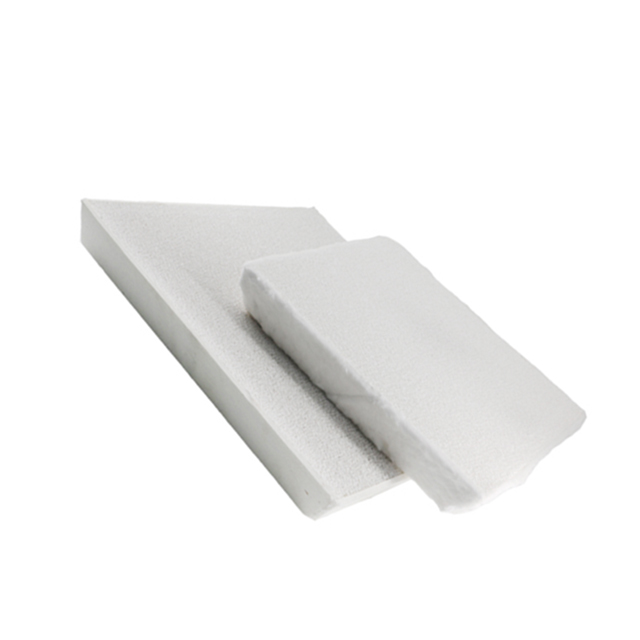
09 6月 Molten Aluminium Cff
Molten Aluminium Cff and aluminum ingot production
What is aluminum ingot?
Aluminum, the raw material in our daily industry is called aluminum ingot, which should be called “aluminum ingot for remelting” according to Chinese standard (GB/T1196-93), but everyone is used to “aluminum ingot”.
It is produced by electrolytic method using alumina-cryolite.
After aluminum ingots enter industrial applications, there are two major categories: cast aluminum alloys and deformed aluminum alloys.
Cast aluminum and aluminum alloys are aluminum castings produced by casting methods.
Deformed aluminum and aluminum alloys are processed products that produce aluminum by pressure processing methods: plates, strips, foils, tubes, rods, profiles, wires, and forgings.
According to the national standard for aluminum ingots for remelting, “The aluminum ingots for remelting are divided into 6 grades according to chemical composition, namely Al99.85, Al99.80, Al99.70, Al99.60, Al99.50, Al 99.00” ( Note: The number after Al is aluminum content).
At present, some people call it “A 00” aluminum, which is actually aluminum with 99.7% purity, which is called “standard aluminum” on the London market.
Everyone knows that China’s technical standards in the 1950s came from the former Soviet Union. “A 00” is the Russian trade mark in the Soviet Union’s national standard. “A” is a Russian letter, not the English “A”, nor Chinese Pinyin. The letter “A”.
In line with international standards, it is more accurate to call “standard aluminum”. Standard aluminum is an aluminum ingot containing 99.7% aluminum, which is registered on the London market.

Some of the inclusions in the aluminum alloy come directly from the charge, while most of them are formed during the melting and pouring process, mainly oxide inclusions.
The use of Molten Aluminium Cff is the most effective way to remove inclusions in the aluminum melt.
Ceramic Foam Filter has a multi-layer network, multi-dimensional through holes, and the holes communicate with each other.
When filtering, the aluminum liquid carries the inclusions along the tortuous channels and pores, and is directly intercepted, adsorbed, and deposited when it contacts the foamed skeleton of the filter plate.
When the melt flows in the hole, the filter plate channel is curved, and the melt flowing through the channel changes the flow direction, and the inclusions collide with the hole wall anvil and firmly adhere to the hole wall.


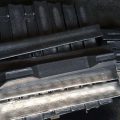
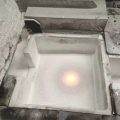

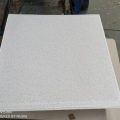

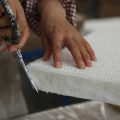
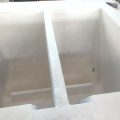
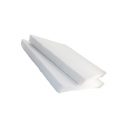
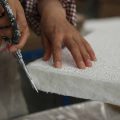

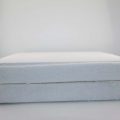
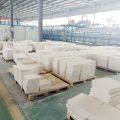
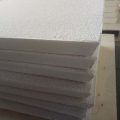
Sorry, the comment form is closed at this time.